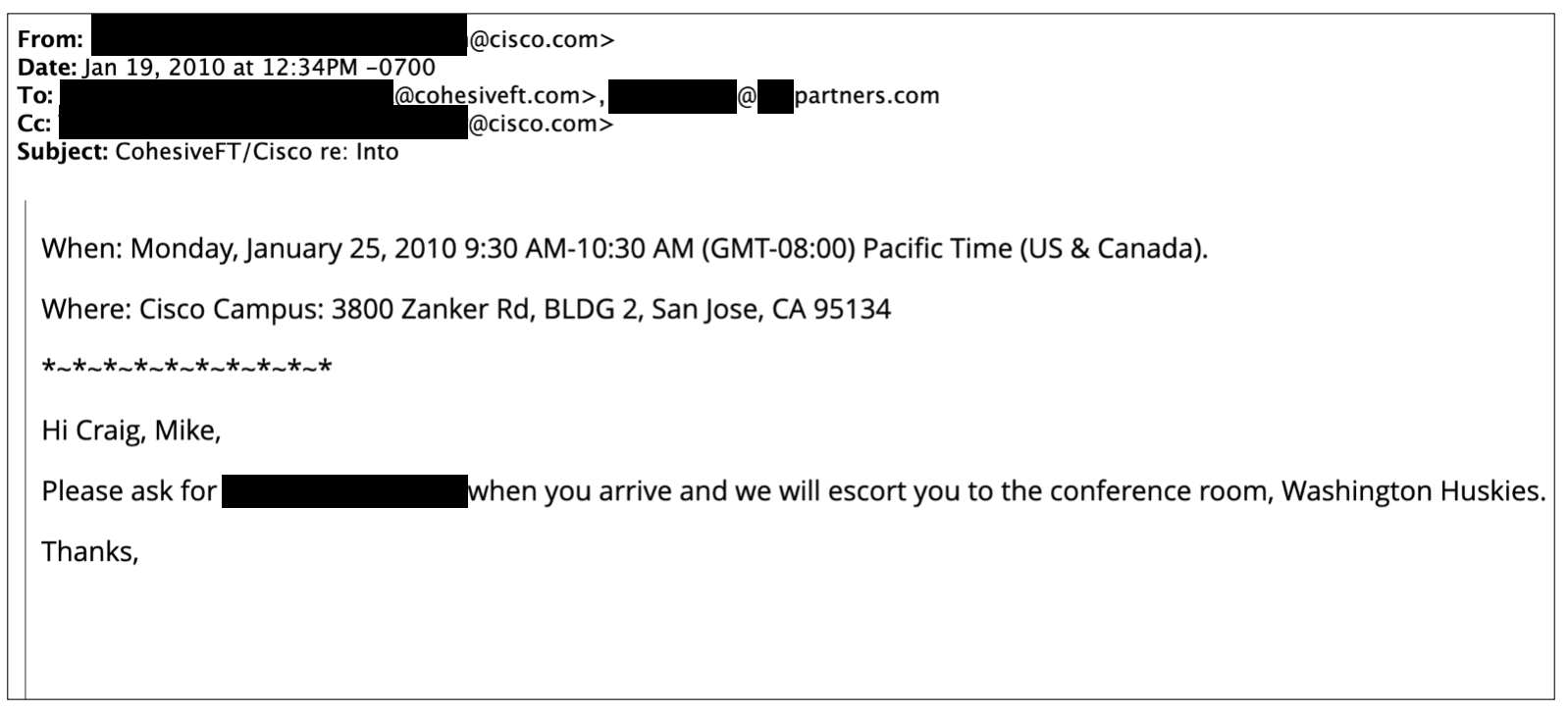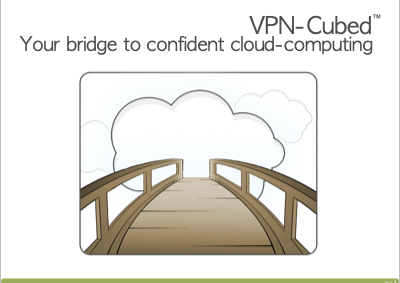In 2010 we were so excited to meet with a team at Cisco to discuss our network function virtualization offering that had been live in the clouds since 2008.

The folks at Futuriom (@rayno, aka R. Scott Raynovich) have put up a nice piece about Cisco’s struggles to integrate its many acquisitions and fundamentally retain relevance. Now of course Cisco is a behemoth compared to Cohesive Networks, we are a lean and cute marsupial next to it the hulking mammal, but we do compete with them all the time and they do represent the other side of about 50% of all our customer’s connections. (My point being we are quite familiar.)
So, way back when cloud was young – our parent company CohesiveFT developed a very strong champion at Cisco.
He loved what we did with the VNS3 platform (then the VPN-cubed appliance) and was both fascinated and skeptical that via an API you could create any over-the-top network and route traffic through it, indifferent to the actual underlying networks. You could have a flat network anywhere with dynamic routing protocols in place, a form of server motion which separated network location from network identity, thus enabling very flexible and secure application systems. In many ways, unbeknownst even to ourselves, in 2008 we had created the first commercial cloud native NFV (network function virtualization) solution with a restful API.
We ended up invited to Cisco campus in California for what would be a pretty significant (for us) meet up with some of their key technical and business development decision makers about our virtual appliances. We were thrilled and hoped for a partnership to accelerate our business.
The calendar snippet above shows that it was a morning meeting – and maybe I have conflated events through time, as in my memory it was thereafter rescheduled into a longer, later lunch meeting (catering provided) with time for a demo and hopefully some whiteboarding with the team.
The meeting was well attended by our champion, key technical people and decision makers.

We launched into our pitch about how you could build networks anywhere you had access to compute and bulk network ingress/egress. Some questions came and went – and we were thrilled to be talking about the flexibility and security that comes with network virtualization.
At about 20 minutes in, product managers were scribbling away in their notebooks, but then the “biggest” of the technical folks looked up and said “Wait, wait, this is a hardware appliance, right?”
“No, no,” we say, “it’s virtual; all software, really flexible.”
To which he said, “No one will ever put network traffic through software” and he closed his notebook, stood up, and began exiting the room.
With the exception of our champion, everyone else followed.
As we were leaving the room, there was the catering cart outside that had not yet had a chance to come in to our truncated meeting. My memory is sandwiches – but maybe it was breakfast items, regardless it was now NOT on offer, and we were exited from the building.
So, two takeaways, network virtualization was real, driven by software and took Cisco a long time to get their heads around, and I think Cisco owes me a sandwich (or perhaps a croissant).
